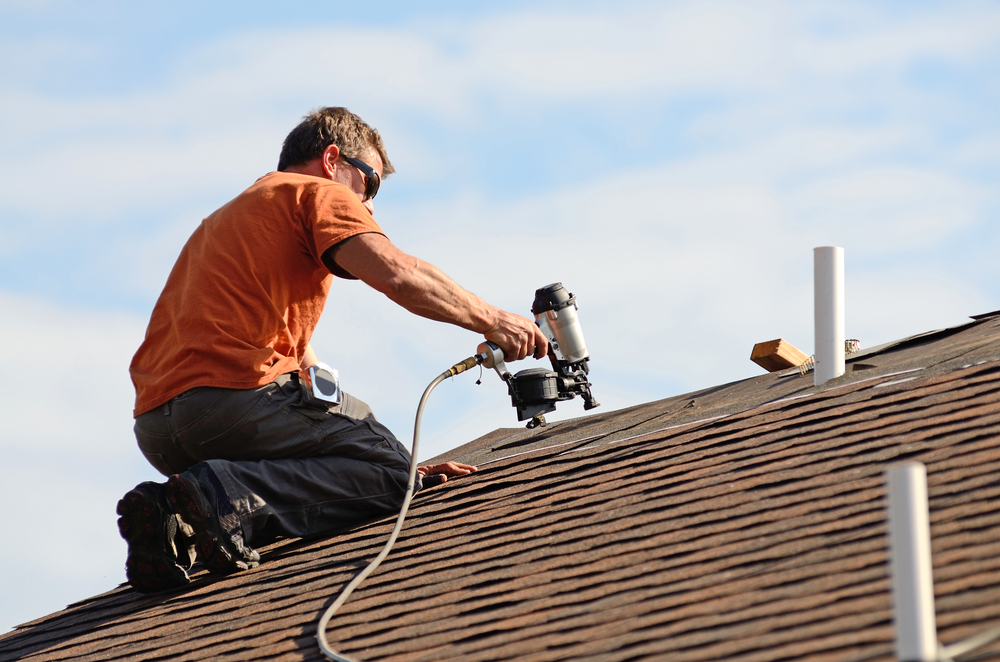Michigan may be out of hurricane range, but that doesn’t mean typical storms can’t still damage your home. Ice, hail, thunderstorms, tornadoes, snow, and even just high winds can cause serious roof storm damage. Always stay inside until the storm passes to avoid personal injury. However, once the skies clear, you’ll need to take stock of the following to discover if you’ll need to contact a professional roofing contractor.
Inspect Inside Your Home or Business
Storm damage may not just affect the outside of any structure or building. Before heading outside, check the inside. Check lights, ceilings, and even baseboards for moisture or signs of water damage. If you have an attic, tread carefully but check thoroughly with a flashlight. Do not turn on installed lights right away in the attic to avoid potential shocking or electrical damage.
Check the Perimeter Outside Your Home or Business
Walk outside and check around your home structure. Check siding, windows, and doorways. But don’t stop there. Continue into the yard and to the perimeter of the property line to check for damage to fencing, furniture, patios, and trees. Pay special attention to items that may have blown off of the building, such as gutters, shingles, siding, and broken wood. Be sure to collect smaller materials too, such as nails, large splinters, metal shards, and other objects that might harm your kids or pets.
Inspect the Roof from a Distance
Raise your eyes to the skies and visually survey the condition of your roof from a distance. Pay special attention to curled or dislodged shingles, exposed plywood, and other clear damage. Take pictures if possible from a distance and get closer pictures of any potential damage if safety isn’t an issue. You can also contact a professional roofing contractor to do the inspection instead. Fees are usually involved in that service, regardless of who you call, but a good roofer won’t pressure you into a corner or use unnecessary scare tactics to get more business from you.
Closely Examine Roofing Parts, Gutters, and Windows
Damage to shingles is usually clear. But also check roof vents, gutters, and outside windows on all levels of the house. Notice any weatherstripping that has come loose or torn off the windows and check for damaged and torn screens. Water damage can easily seep inside window structures and damage more of your home or business. Again, take pictures of any obvious damage you see. That will come in handy for the next step.
Contact the Professionals
Once you have your storm assessment and related pictures, call your insurance company. Report the roof storm damage and discuss what they’ll be able and willing to pay for repairs based on your current policy. After that, go ahead and call in the big guns. We’ll professionally assess the storm damage, prepare a fair but thorough estimate, work with your insurance company to handle the financial end as much as possible, and get the job done right the first time, every time.

